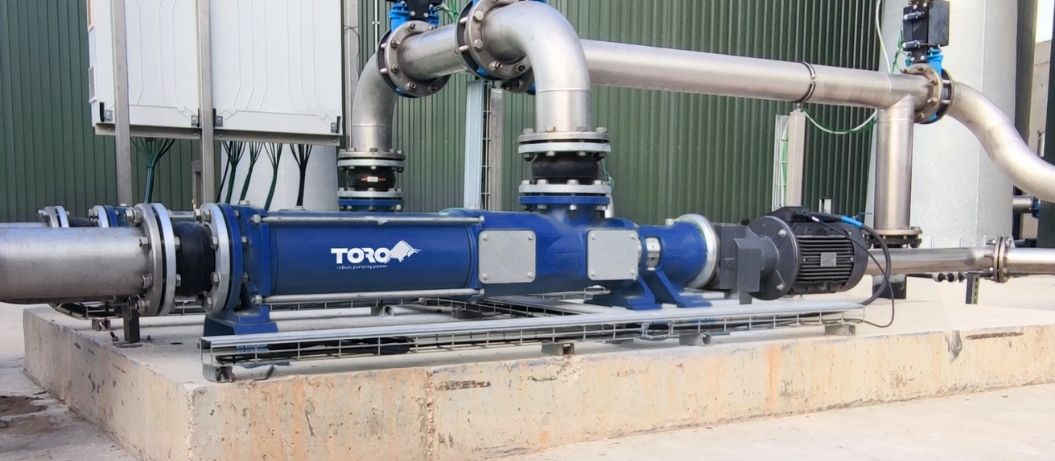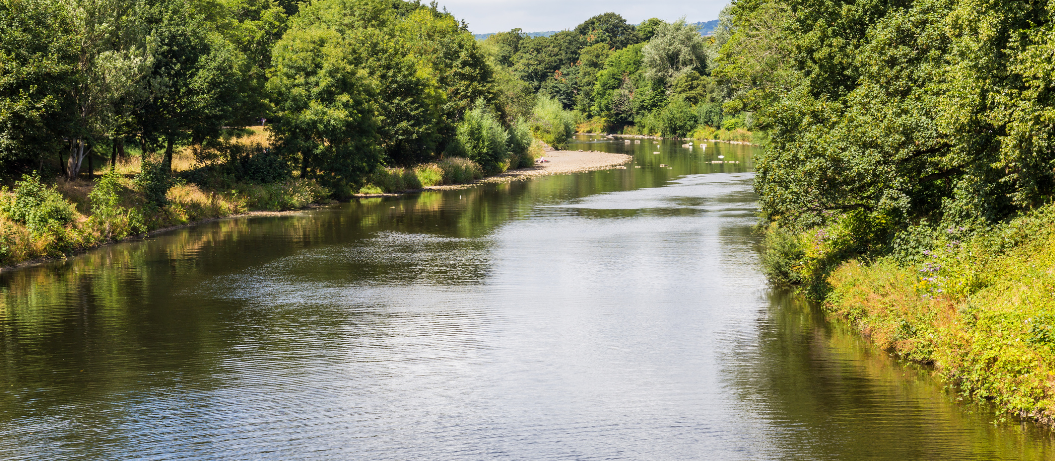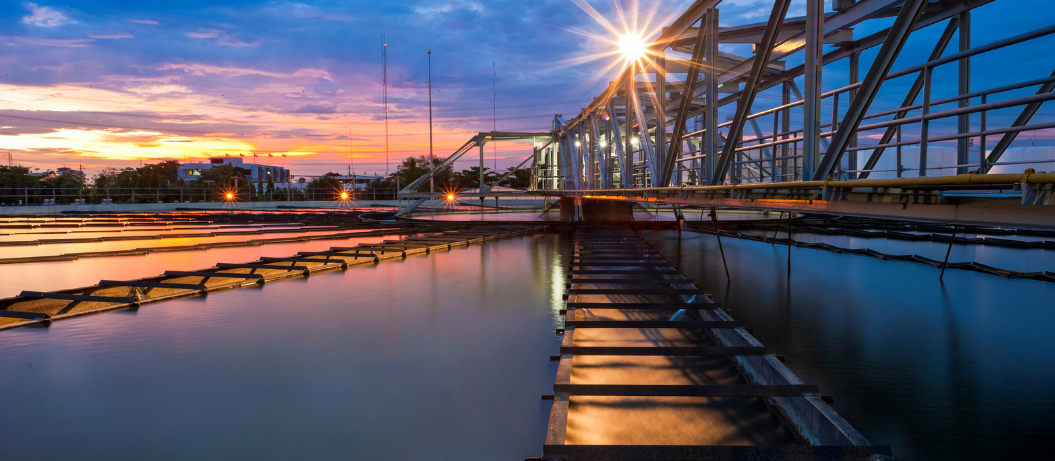Here, the Atlantic team look at some of the key reasons why submersible pumps can fail – an essential read that’ll help you avoid expensive downtime.
| Pump issue symptom | Possible reason |
| Motor runs, excessive noise (sounds like pebbles are being pumped). | Insufficient or restricted supply of fluid to the pump inlet, causing intake cavitation. |
| Motor runs, loud noise from the water discharge end. | Excess friction or blockage in the discharge piping. The flow rate/head ratio is outside the pump’s capability. |
| Motor runs, little to no water discharge despite adequate supply. | Incorrect wiring, causing the motor to run in reverse. Pump or its strainer has become blocked with solids/sand sludge. Valves are closed/restricted. |
| Pump motor starts, then stops. | Check voltage and frequency supply matches the electric motor. If a Soft-Start system is used, have it checked. Check for damaged wiring. Check pump for blockage. |
1. Reverse Rotation
This is where the pump is wired incorrectly meaning the motor runs backwards. When this happens, very little water will be pumped but it does serious damage to the pump, polishing the impeller and leading to cavitation*
2. Dry Running
This is where the water level drops to a point where the pump cannot draw a decent amount of water and/or starts to create a lot of disturbance in the water. This will quickly lead to cavitation*, damaging the impeller and diffuser, and quickly destroying the pump. It also causes the seal rubbers to dry out and crack which allows water into the motor.
3. Running on the Right of the Curve
This is where there is less vertical head than the pump is designed to handle, which makes the pump less efficient. At an extreme this causes suction cavitation indicated by the sound of marbles being pumped and pitting around the centre of the impeller.
4. Specific Gravity
Submersible pumps are not designed to deal with high levels of solids and will usually quickly fail in slurry applications. Exceeding 1.1 – 1.2 specific gravity is a no-go, this effectively constitutes a sand slurry.
5. Cable Damage
This includes internal damage often unseen when the cable is jarred externally. It is vital that if a cable has been gashed or yanked that this is checked. The seal arrangement where the cable enters the pump body is a weak spot and the air seal can very easily be broken. Even a few drops of moisture can make the pump fail.
6. Dead Head
This is where the pump has more vertical head than it is designed for, i.e. a valve on the discharge has been closed. This causes something called discharge cavitation which is indicated by the sound of marbles being pumped, and pitting around the impeller tips and inside of the pump casing. At an extreme this can make the pump shaft break.
7. Not allowing for Discharge Piping
Discharge piping creates friction loss and it is vital that this calculation is taken in to account when specifying submersible pumps. Otherwise it will lead to dead heading, see above.
*Cavitation – this is the formation and accumulation of bubbles around a pump impeller. This tends to form in liquids of any viscosity as they are being transported through and around a pump system. When each of these tiny bubbles collapses or bursts, it creates a high energy shock wave inside the liquid. Imagine throwing a stone into a pond. The circular ripples which are created in this process are similar to cavitation bubbles exploding. The difference here is that due to the sheer number of bubbles creating these shock waves, the impeller and other pump components can be eroded over time.
8. Blocked or jammed impeller
A jammed impeller will likely trip electric motor and could cause mechanical damage. To reduce the risk of fouling or blockage, use a suitable strainer and suspend the pump/intake pipe off the floor.
9. Starting too frequently
The largest strain on a motor is normally at start-up. The extra power draw is typically six times normal current and can cause the circuit breaker to trip. To reduce the number of starting cycles of a submersible pump, consider which of the following might be applicable:
- Increasing the sump capacity (horizontally) so the pump starts less frequently, running for longer periods at a time.
- If the circuit breaker is tripping at start-up, change from a DOL to a soft-start, or inverter/VFD (variable frequency drive). A VFD drive can also be controlled via a level sensor, speeding the pump to maximum during peak periods, then returning it to the best efficiency point (BEP) of its flow range.
- Prevent water back flowing after pump cut-off (e.g. fit non-return valves)
- Change the pump for a smaller one (lower flow-rate), so its volume per hour better matches requirements.
- Add a high-level and a low-level switch control, so that the pump only starts when a higher level is reached. Adjust the gap between level sensors to suit the desired pump cycle.
We also take a sustainable approach to our work and are committed to reducing energy waste from pumps. Our expert knowledge allows us to reduce energy usage by 20% on the average site!
Call us today on 0808 196 5108 for more information.
 February 8 2021
February 8 2021 4 min read
4 min read


